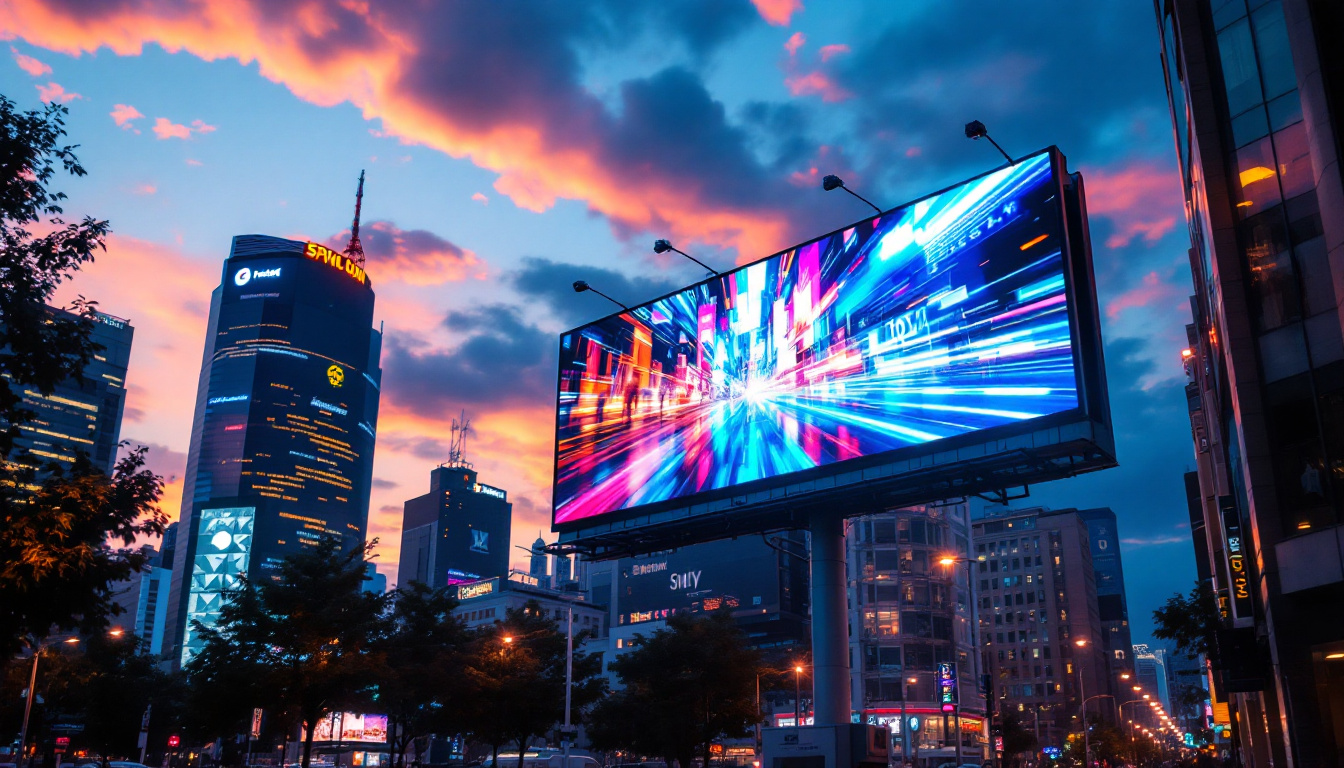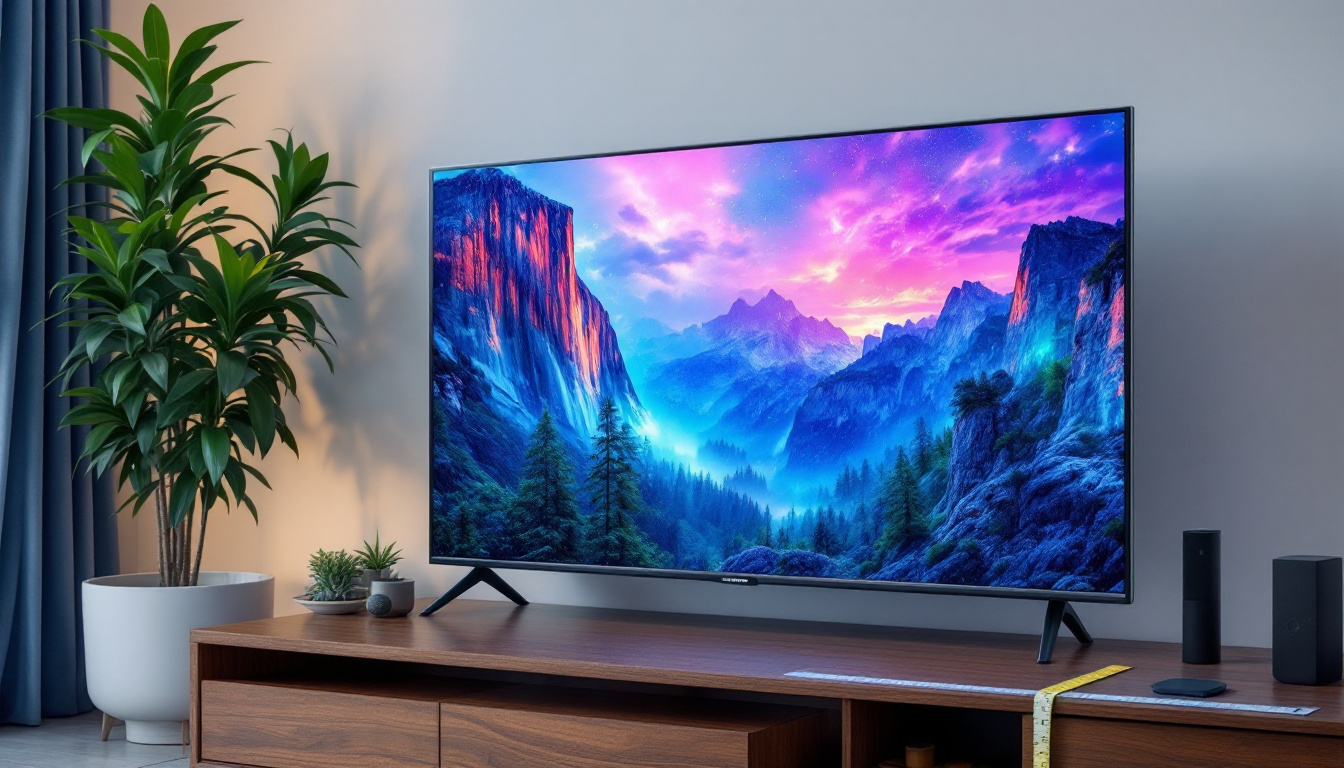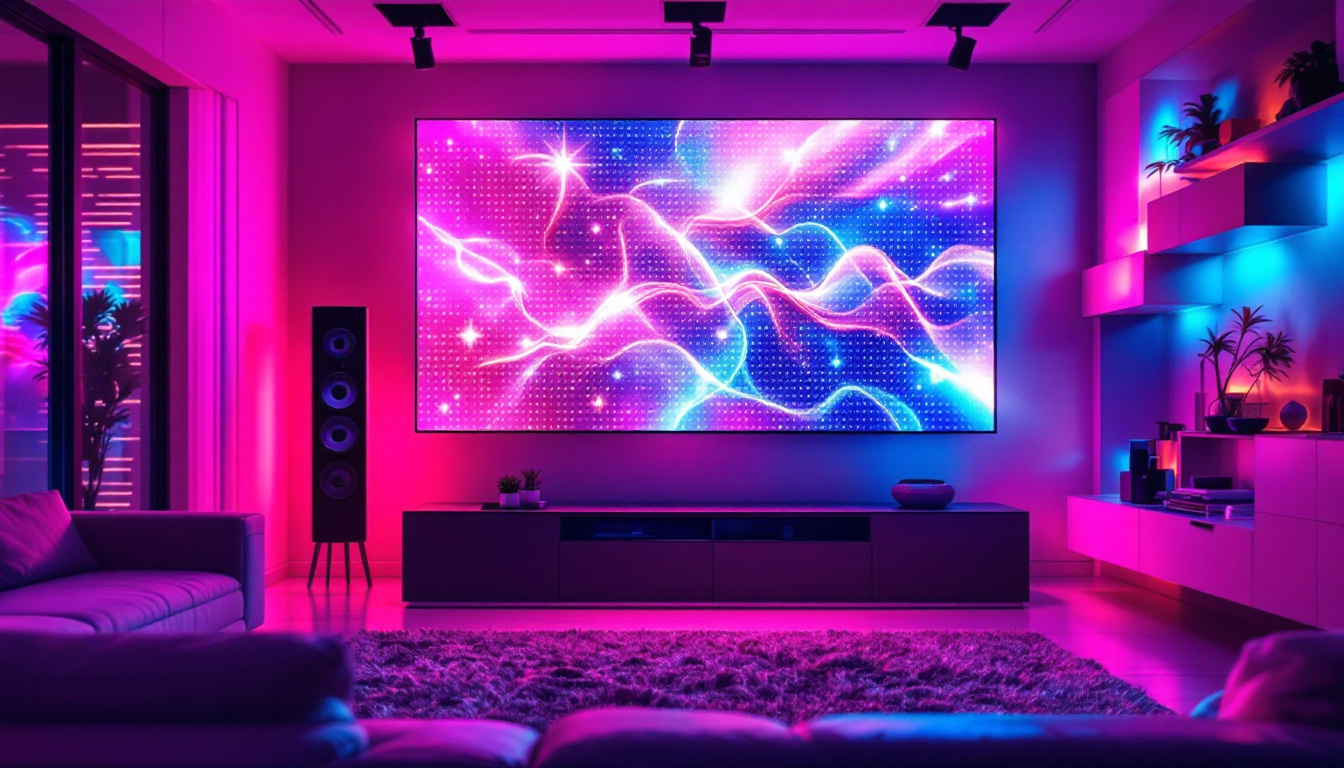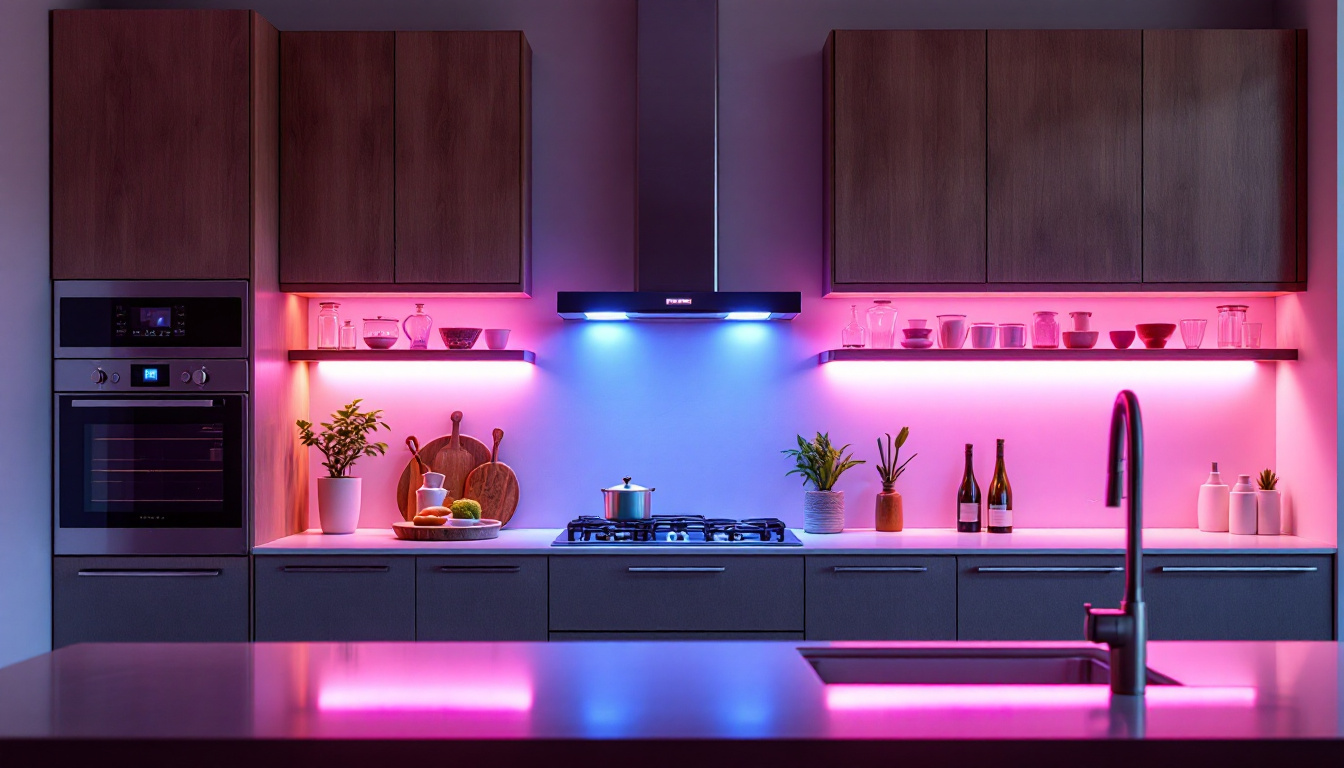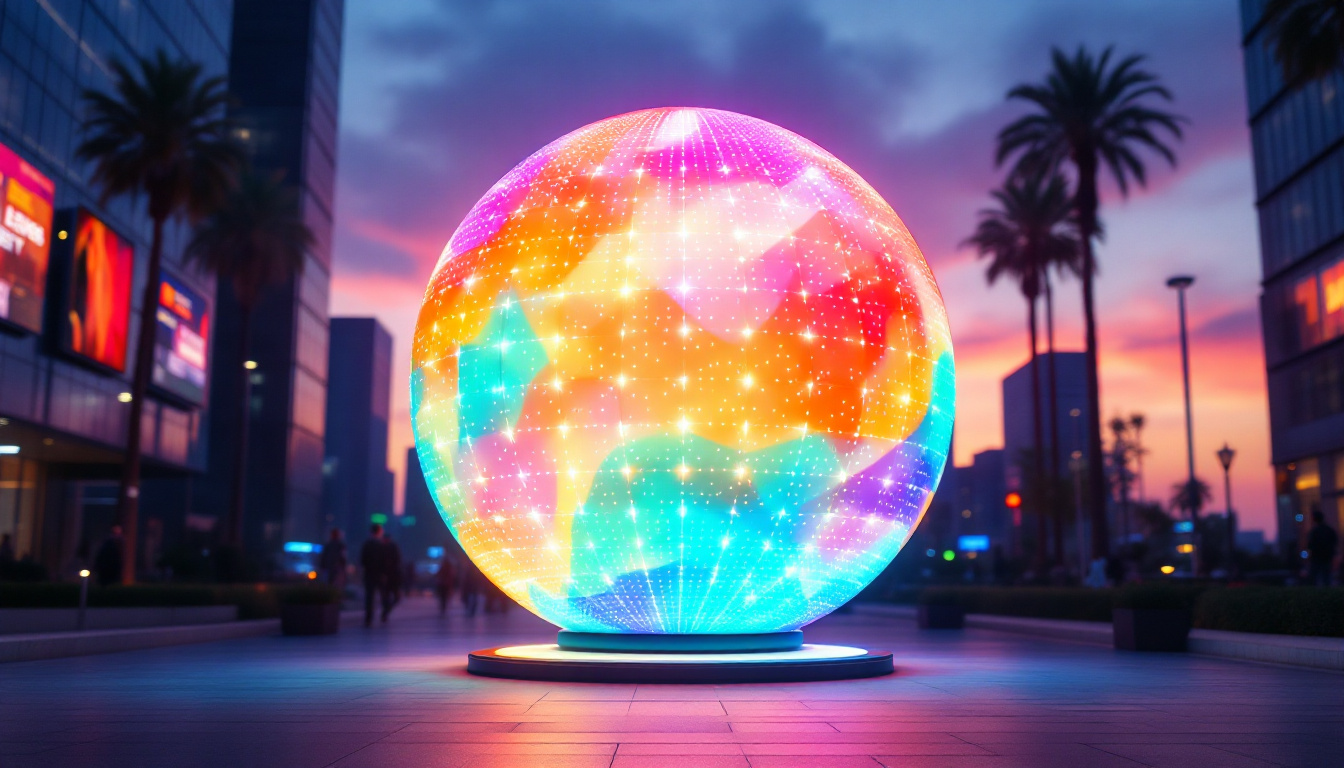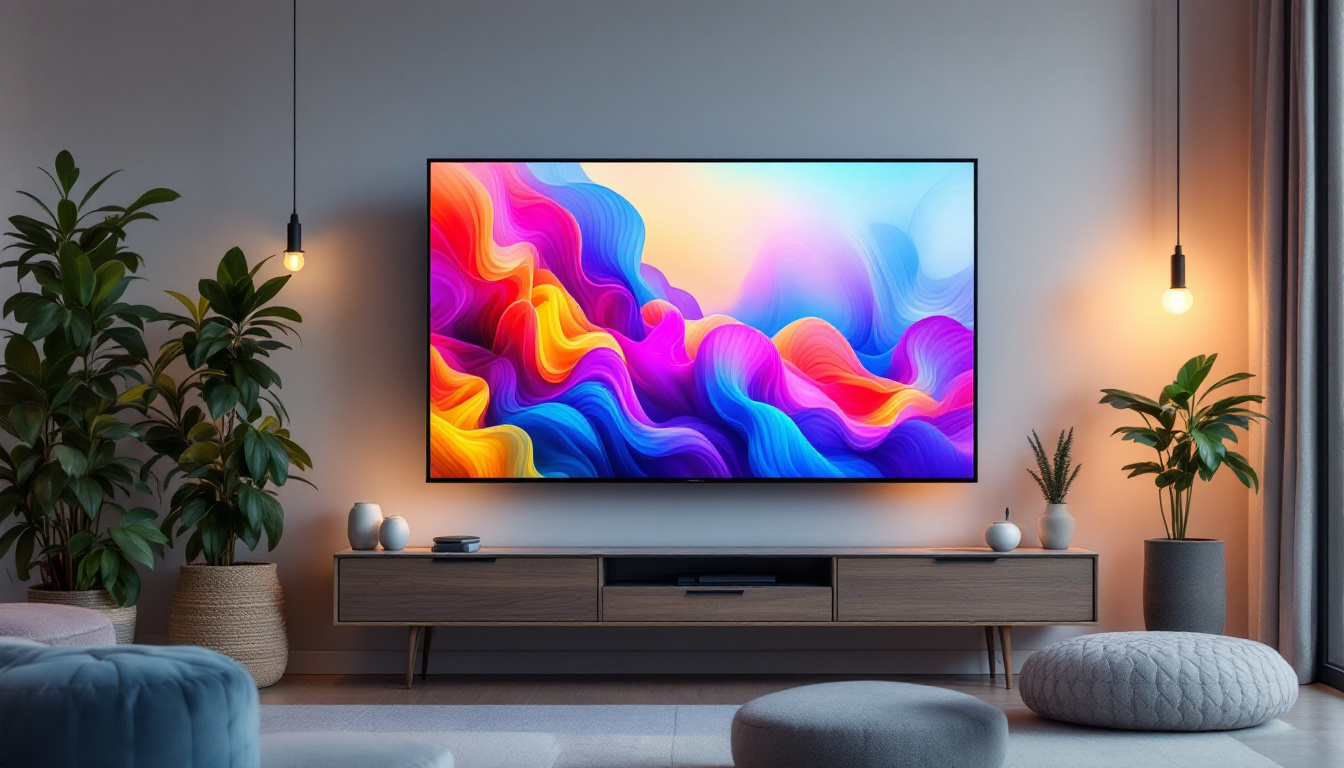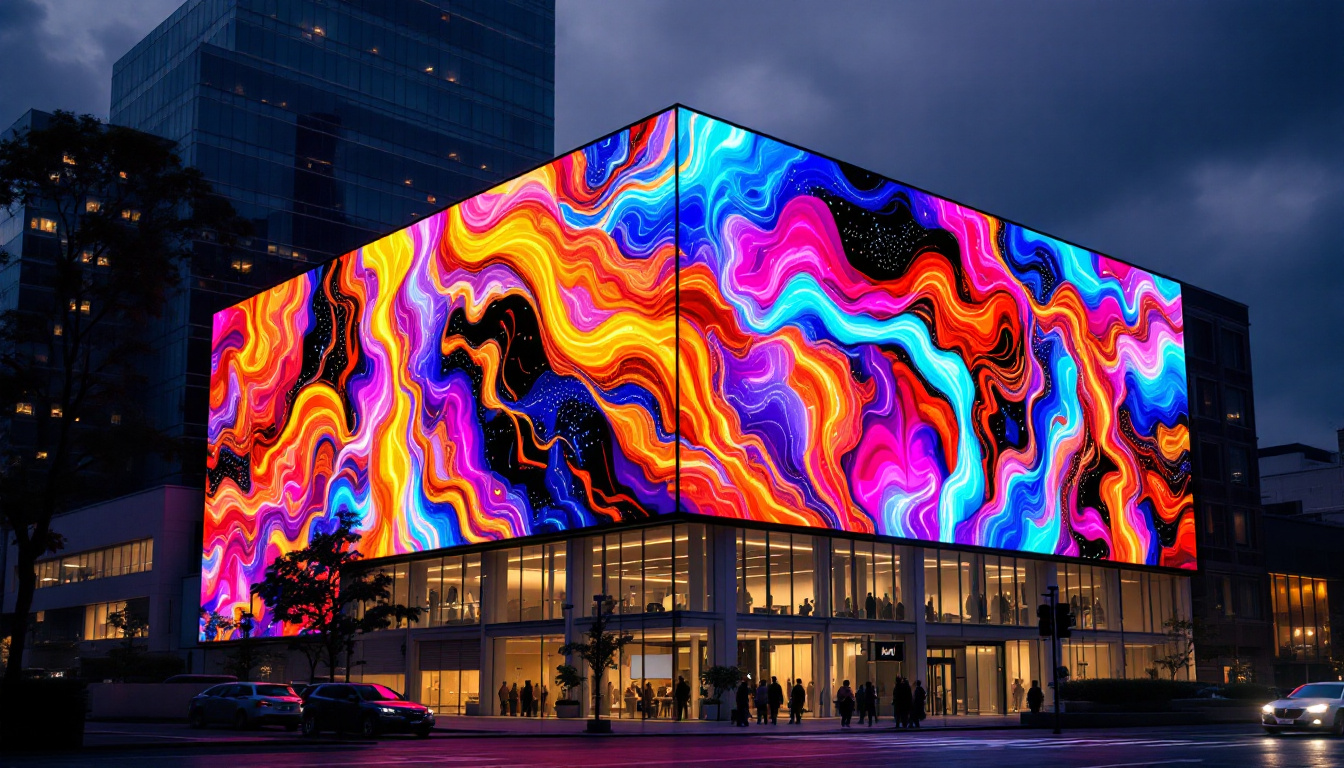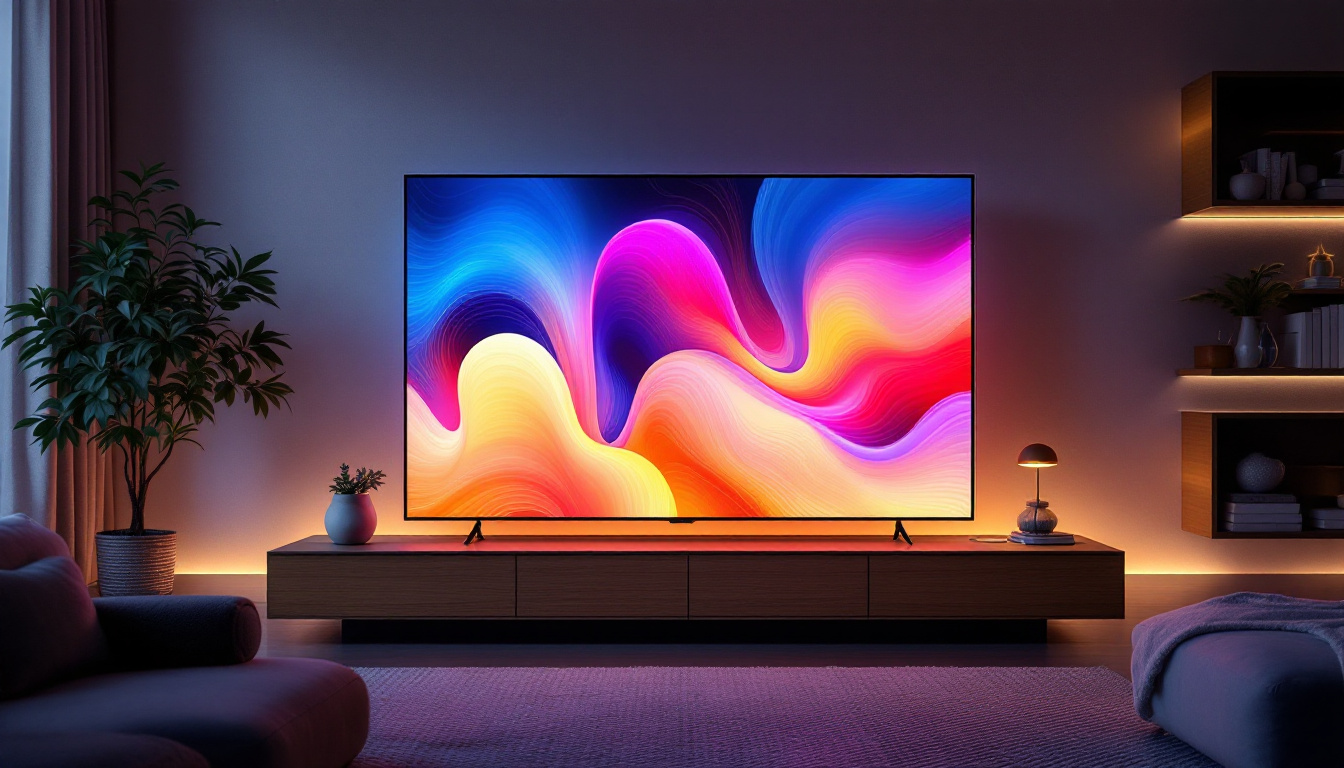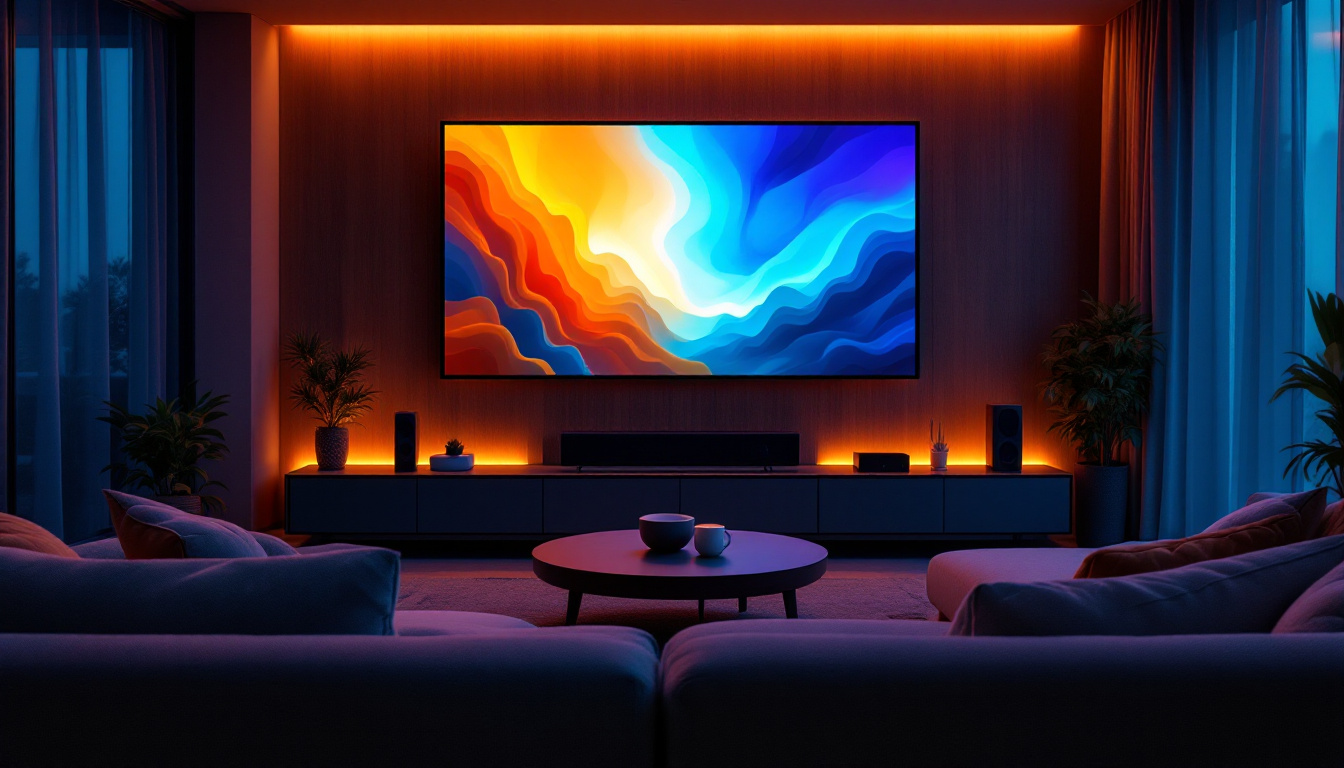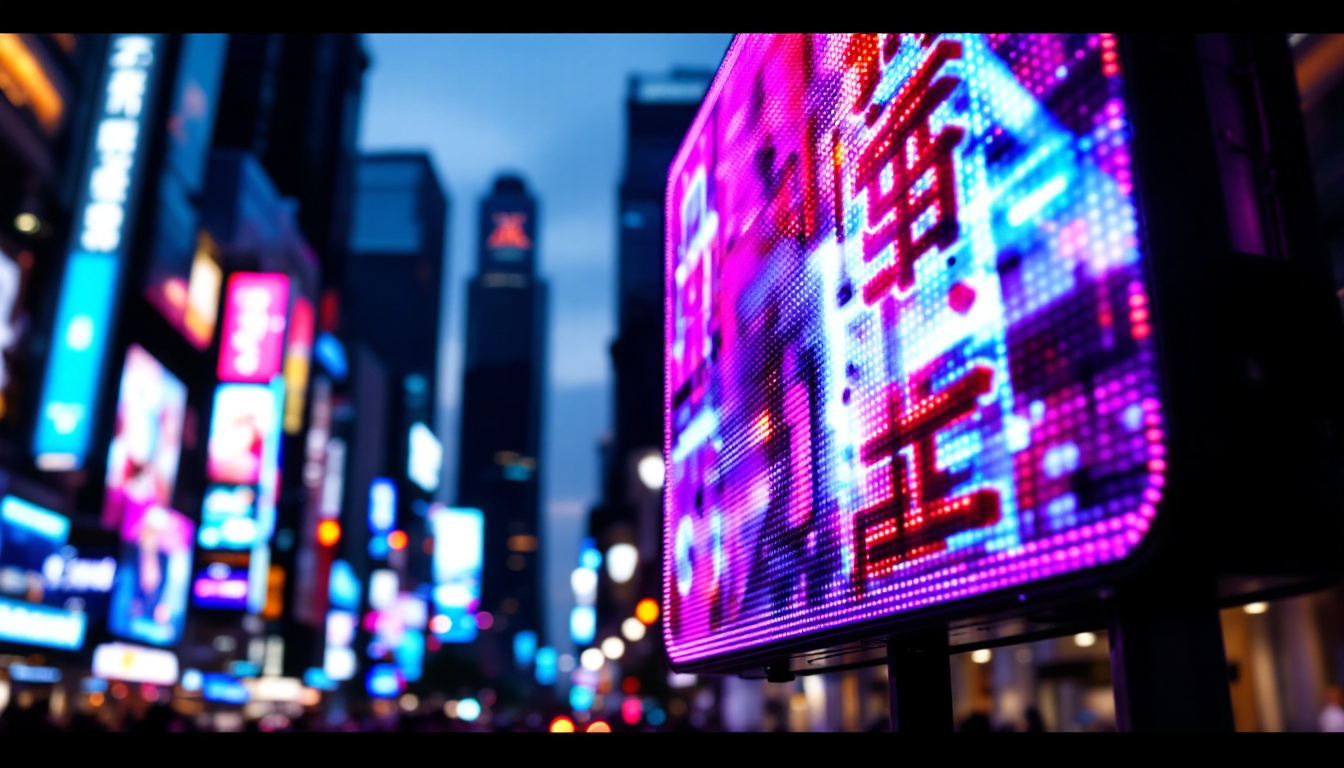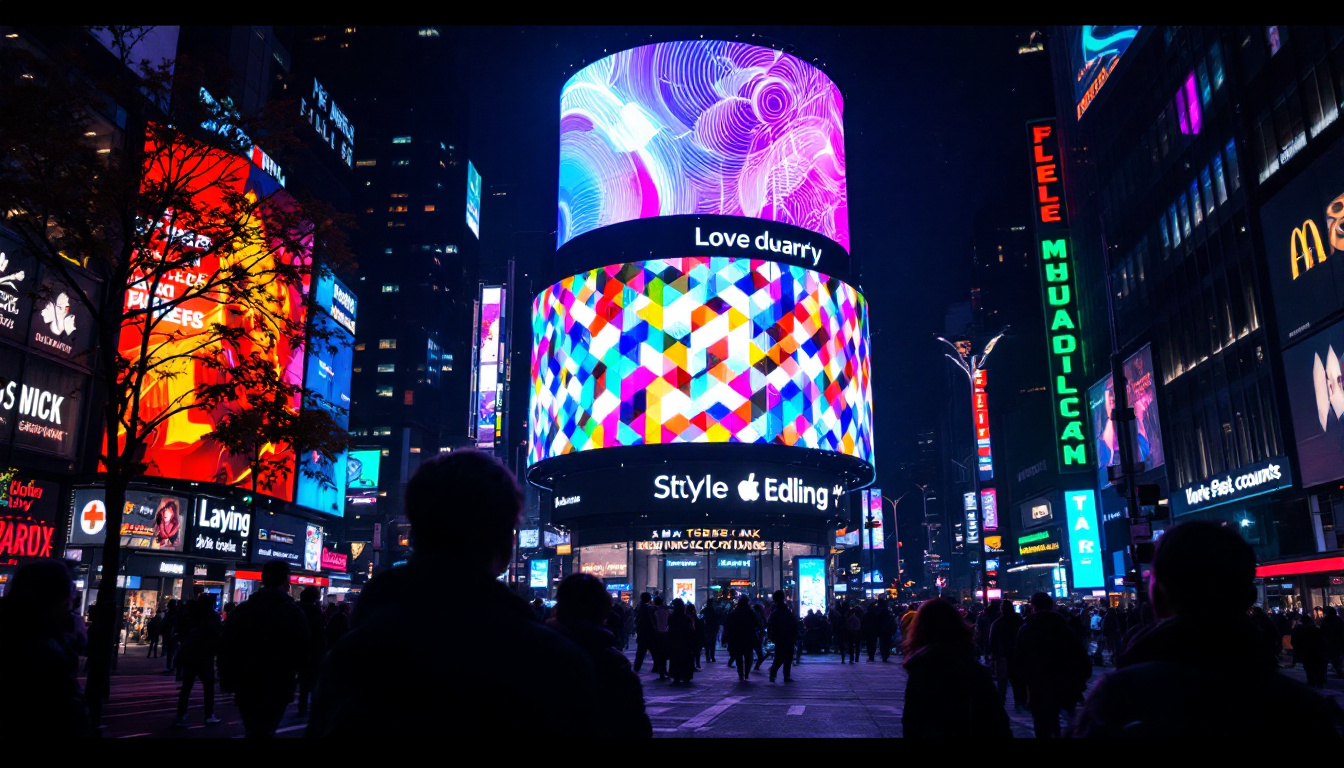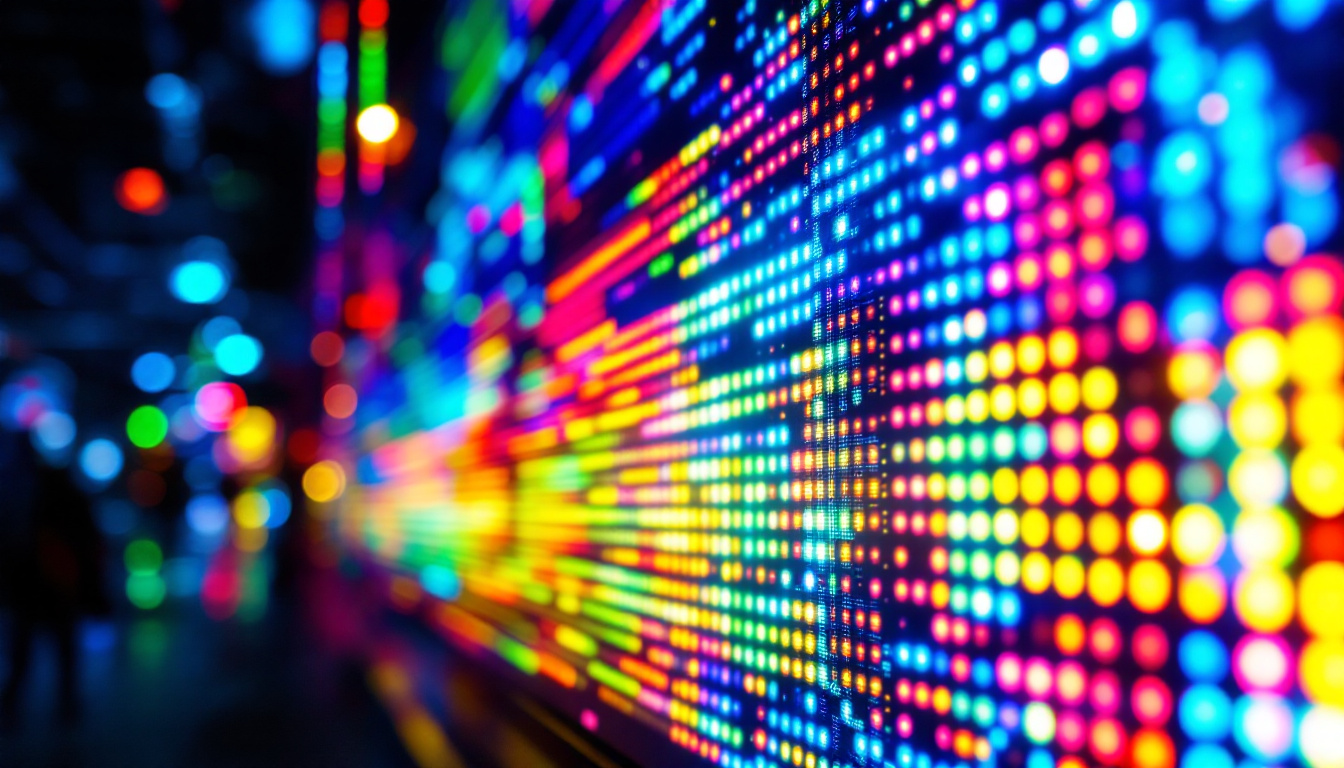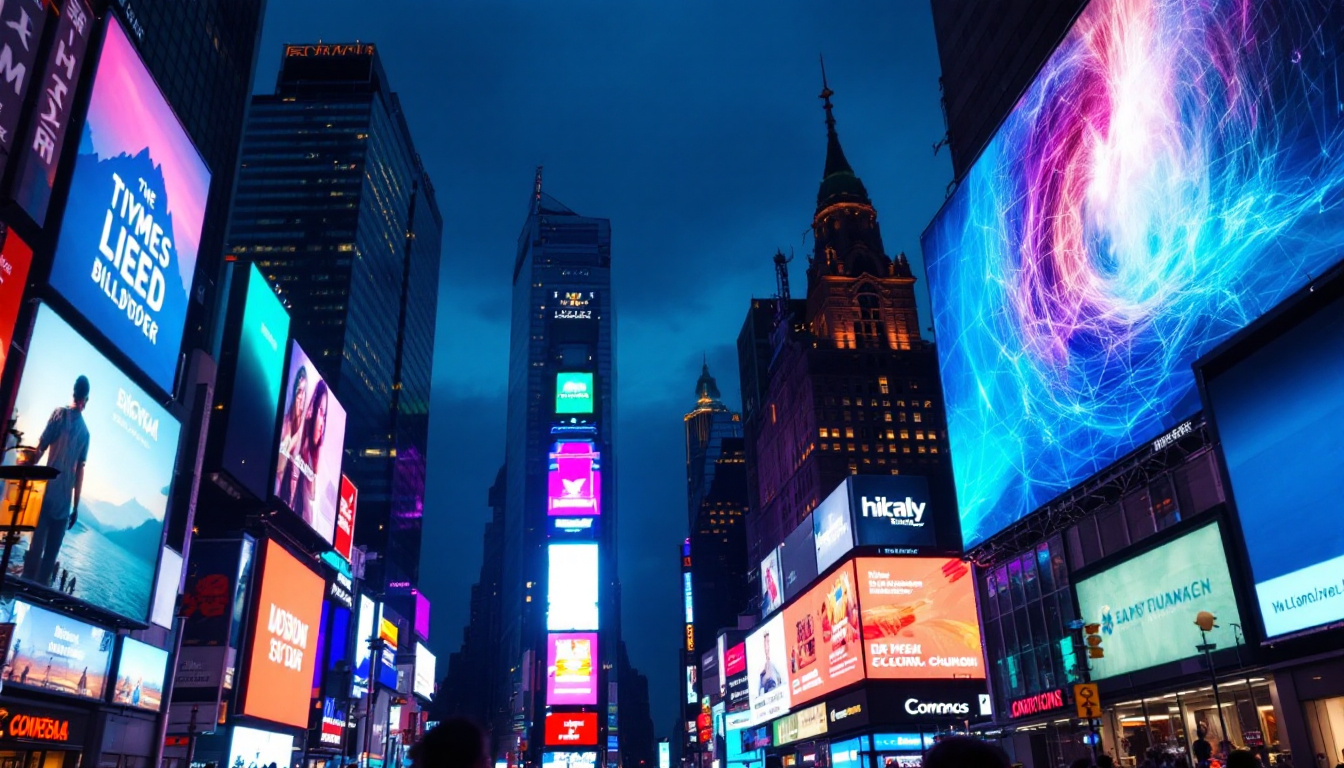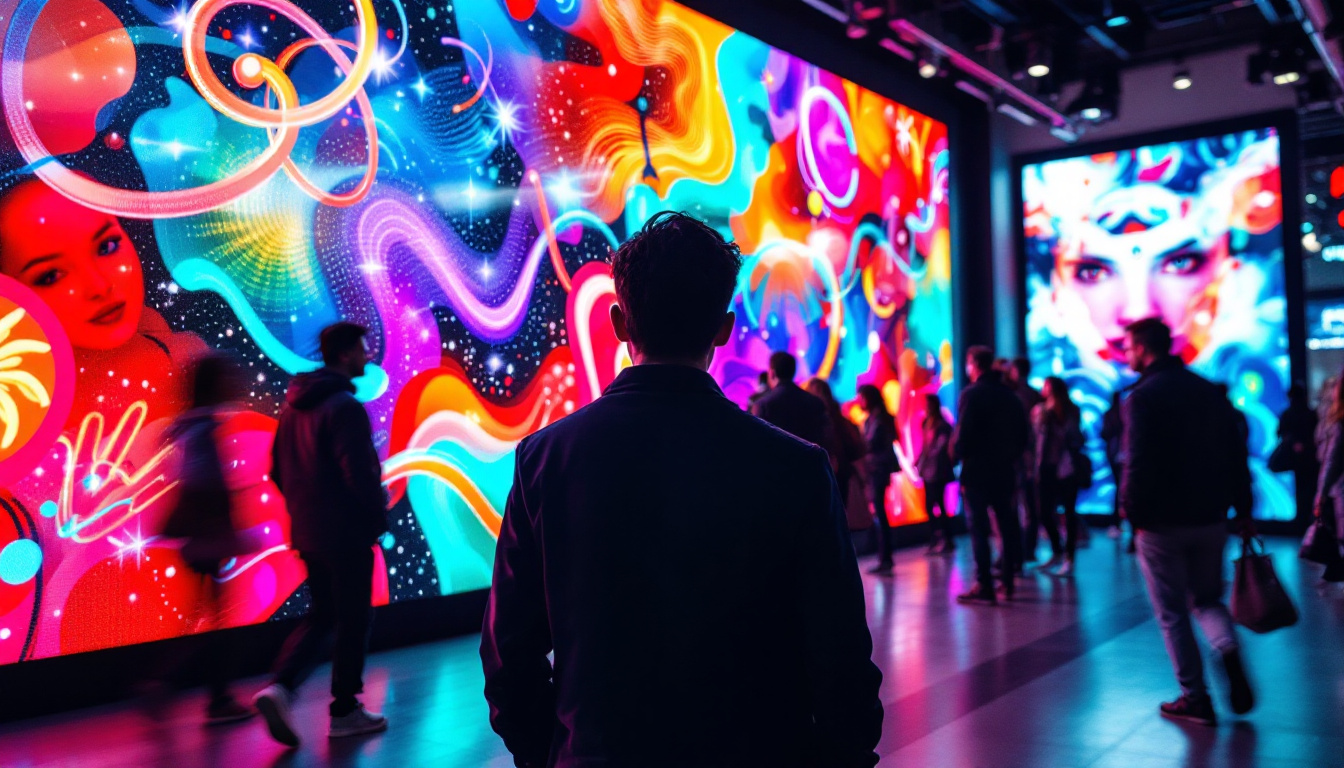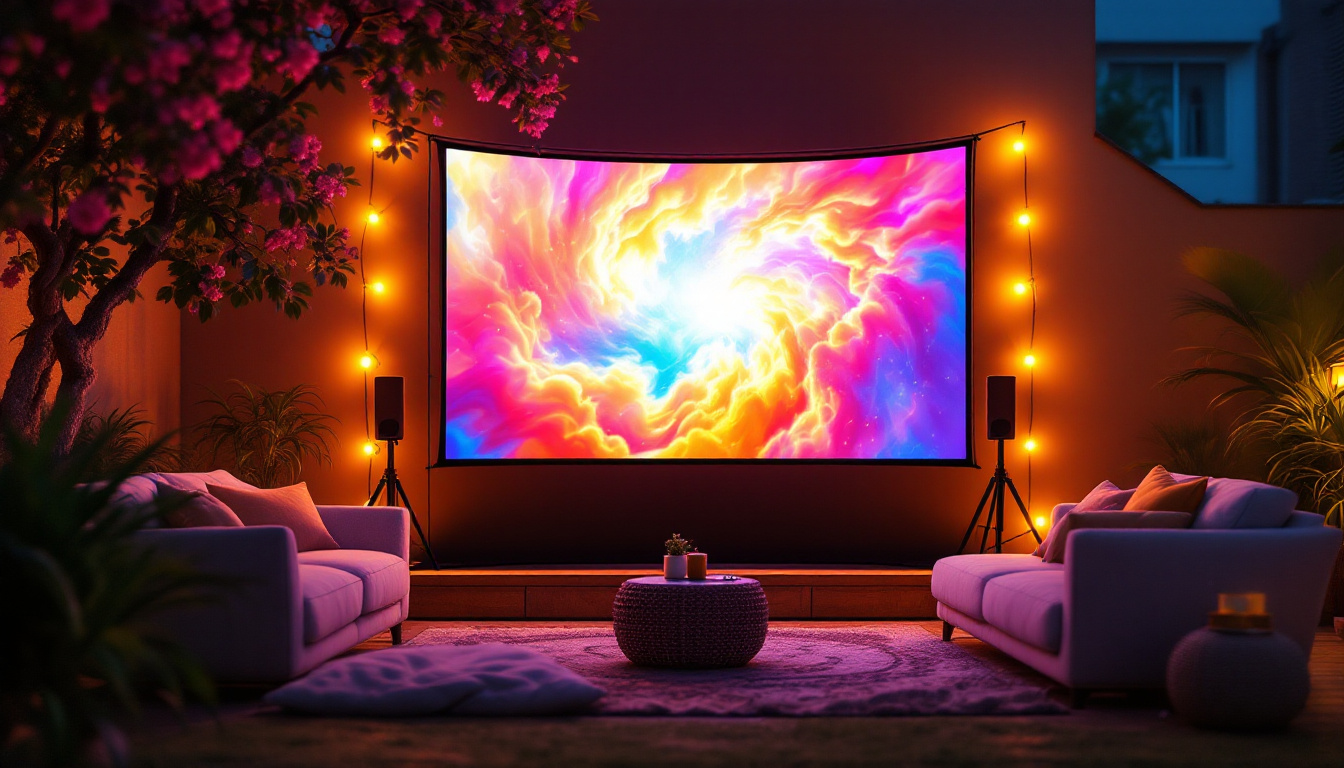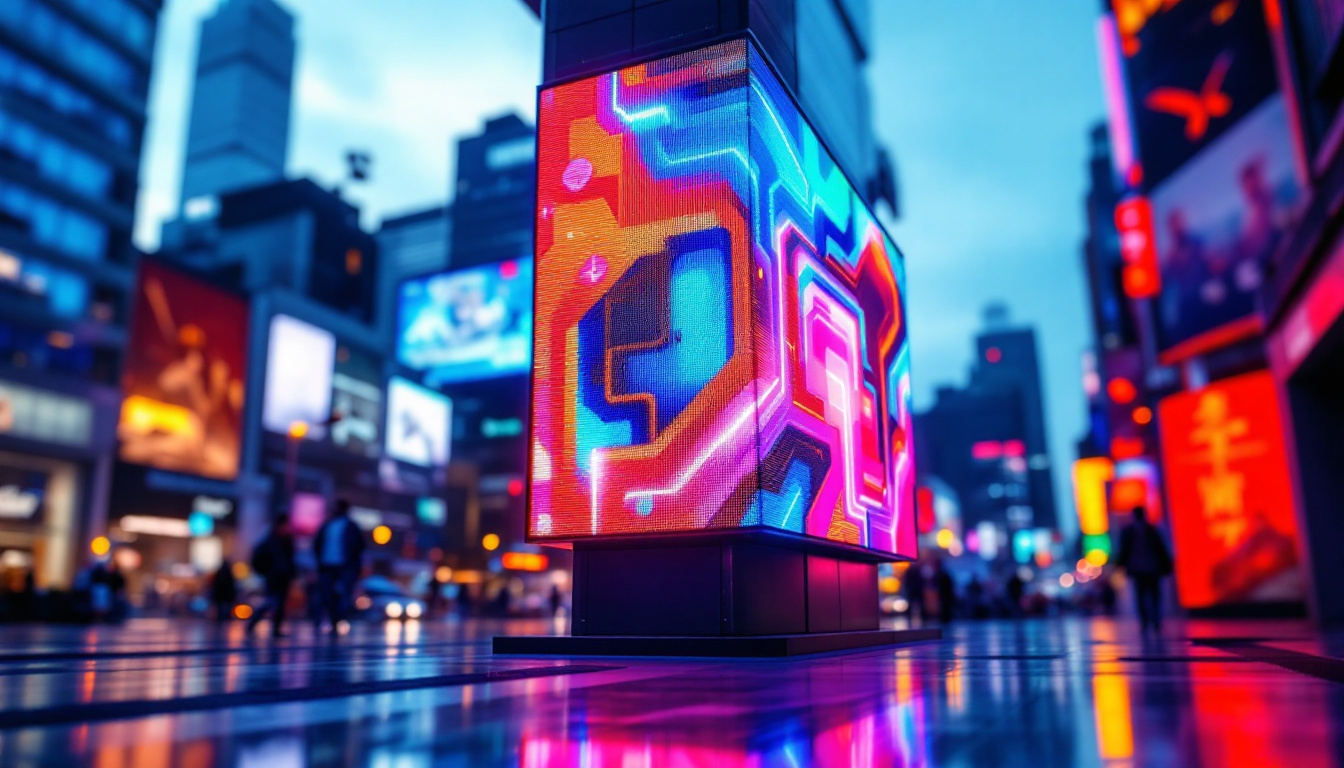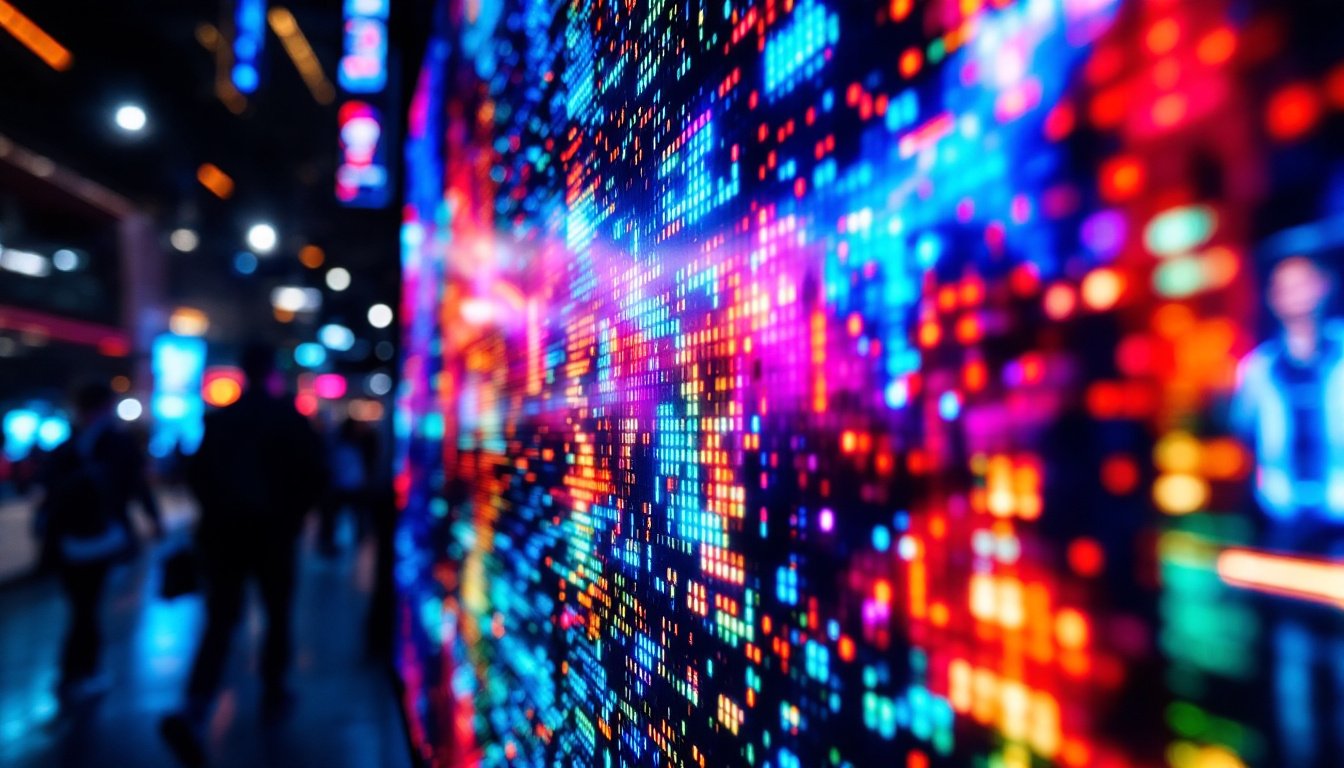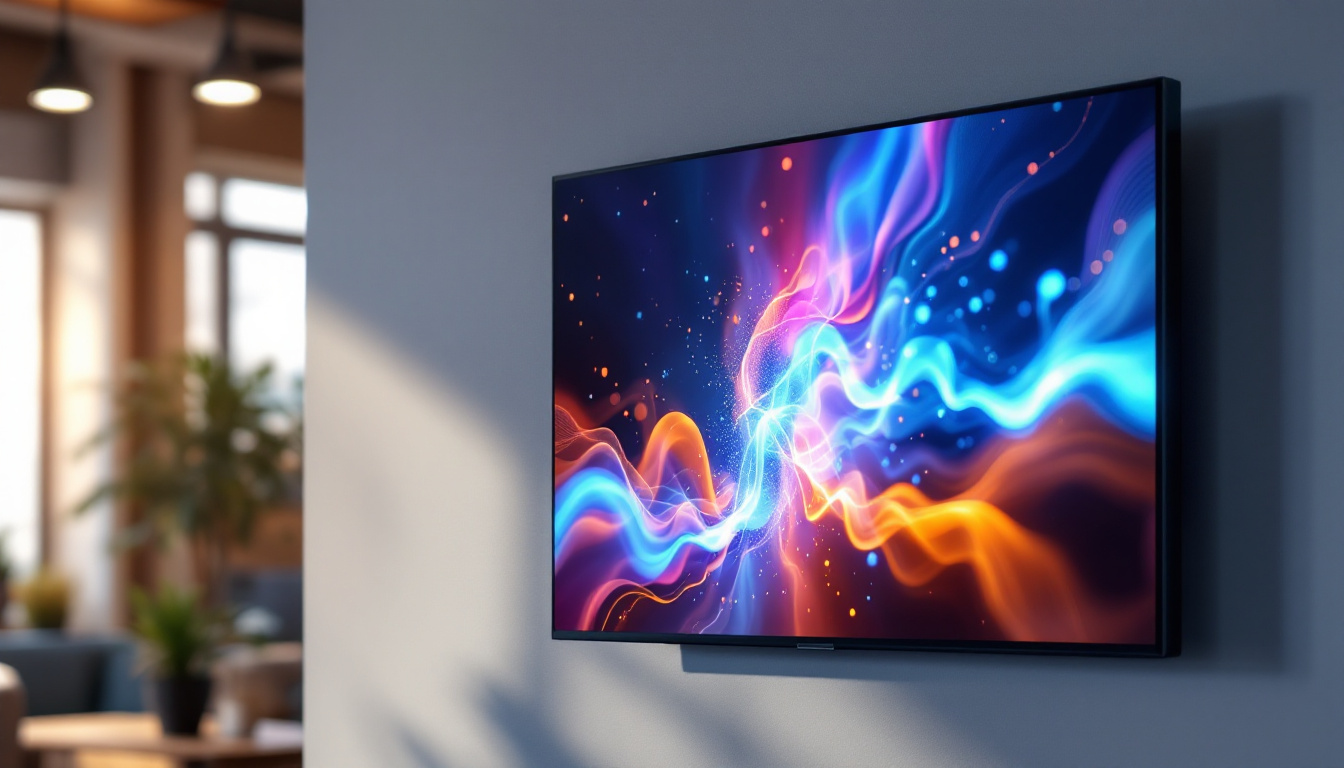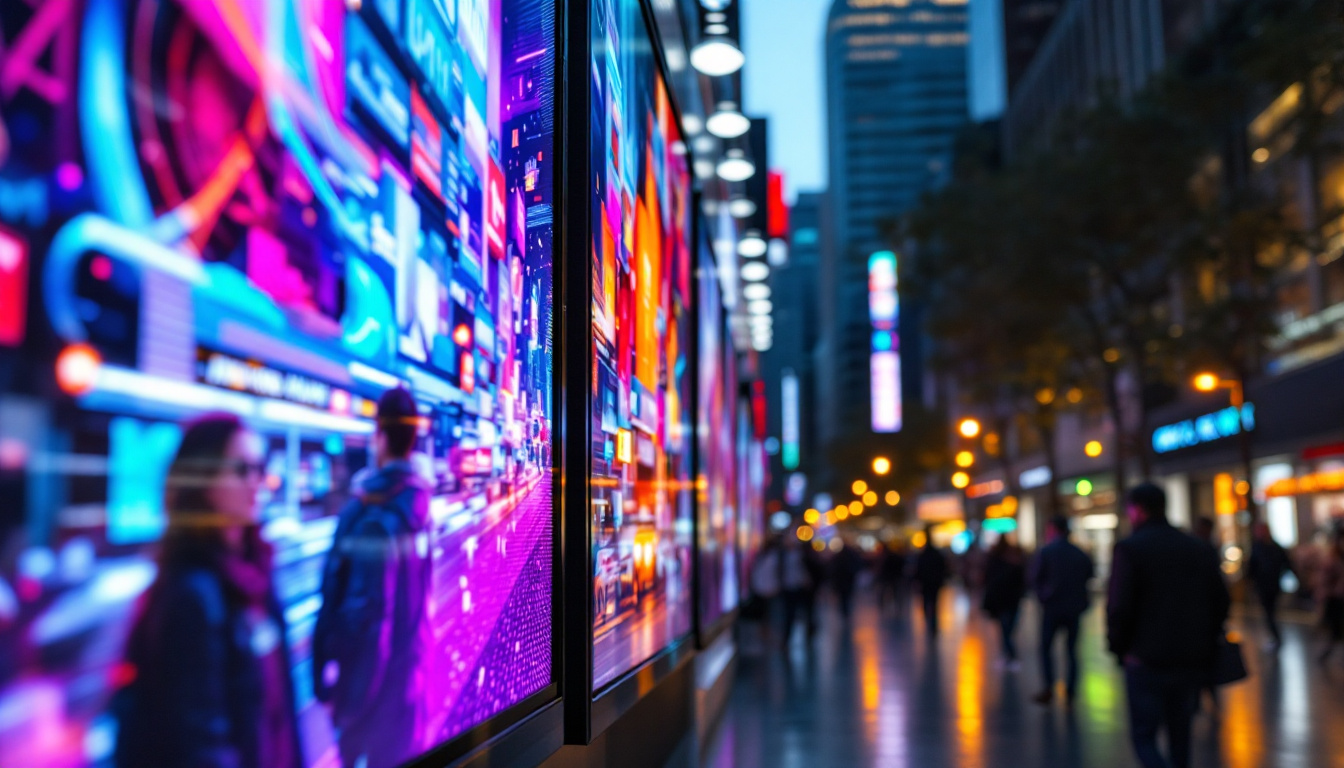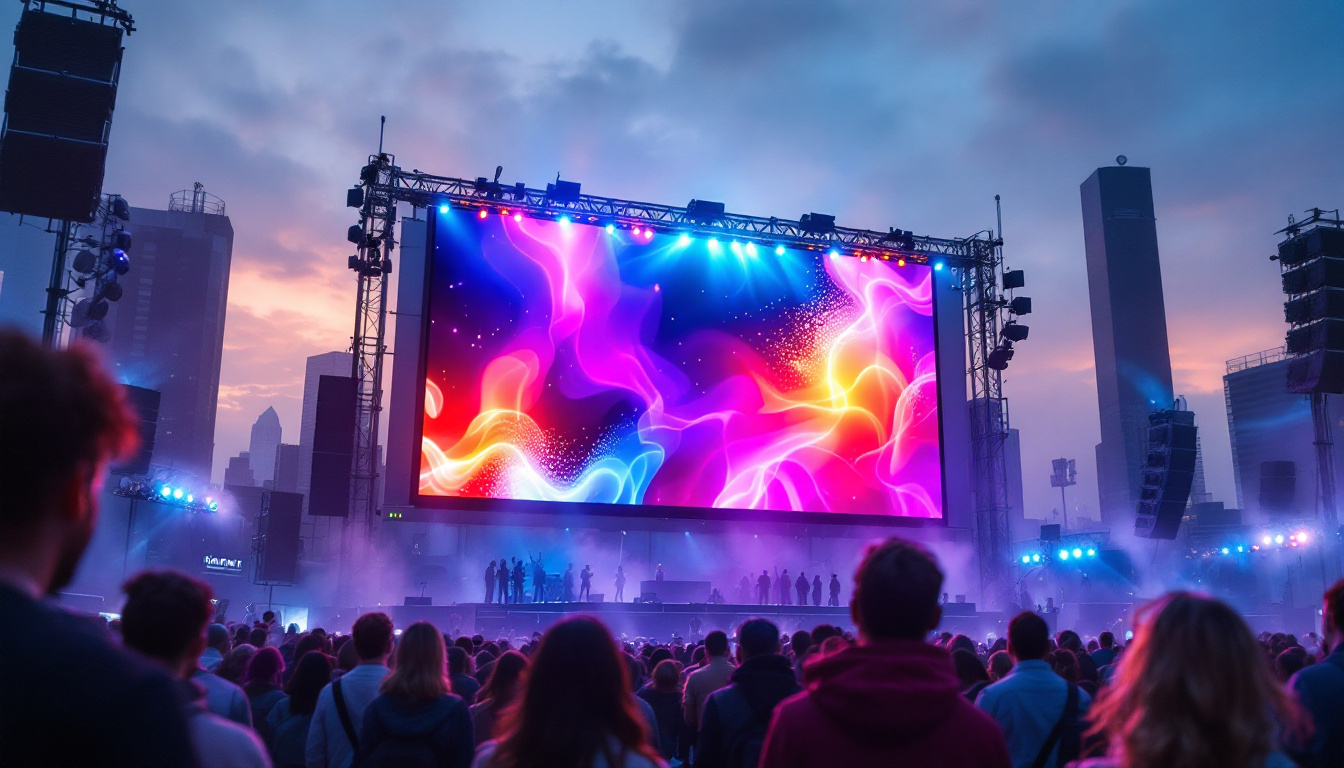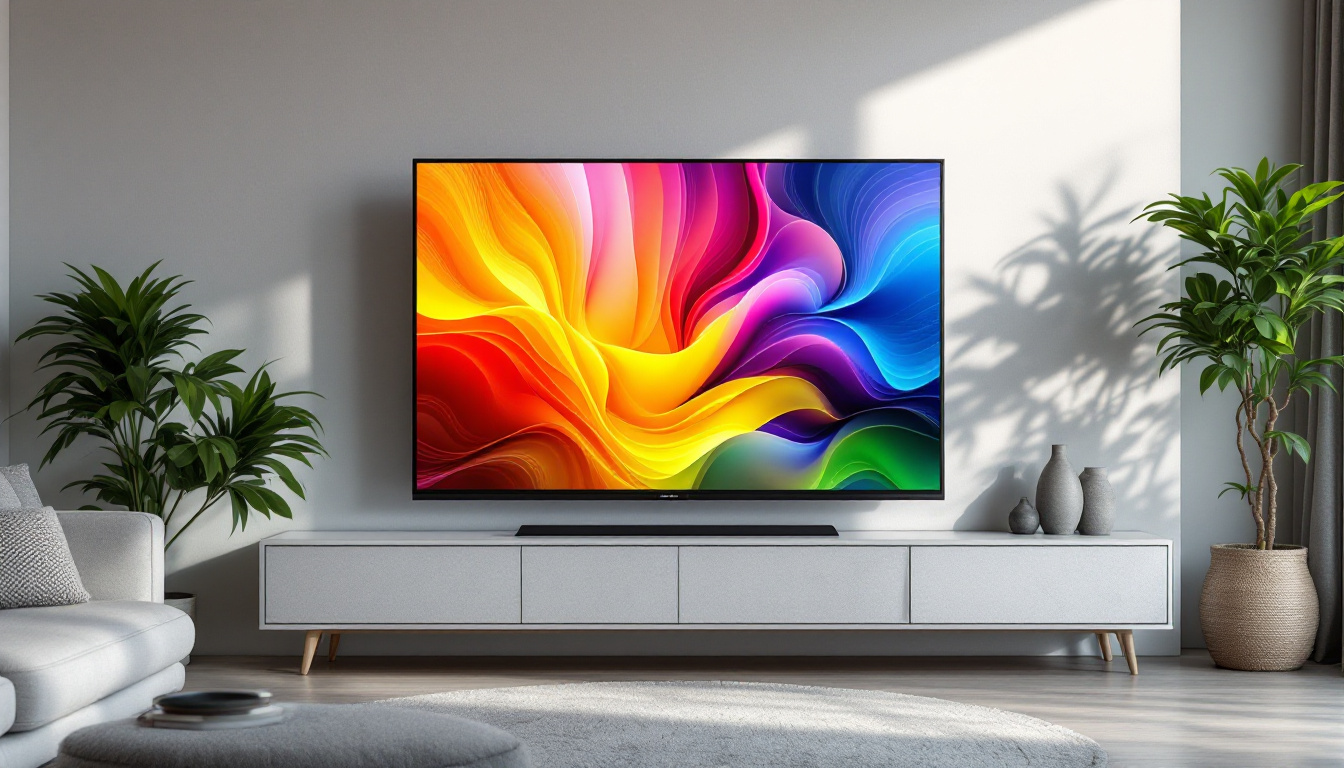In today’s fast-paced digital world, electronic billboards have emerged as a powerful medium for advertising and communication. With their vibrant colors and dynamic content, LED displays capture the attention of passersby more effectively than traditional static billboards. This article delves into the intricacies of electronic billboards, exploring their technology, benefits, and the future of this advertising medium.
The Technology Behind LED Displays
LED, or Light Emitting Diode, technology has revolutionized the way information is displayed in public spaces. Unlike traditional billboards that rely on printed materials, LED displays utilize a matrix of tiny light-emitting diodes to create images and videos. This section will explore the components and functioning of LED displays.
Components of LED Displays
At the core of an LED display are the diodes themselves, which emit light when an electric current passes through them. These diodes are arranged in a grid format, with each pixel made up of red, green, and blue (RGB) sub-pixels. By adjusting the intensity of these colors, a wide spectrum of hues can be produced, enabling the display of vivid images and videos.
In addition to the diodes, an LED display consists of several other critical components. The control system manages the content being displayed, ensuring that the right images and videos are shown at the right times. Furthermore, a power supply is essential to provide the necessary energy for the diodes to function. Lastly, a protective casing is often used to shield the display from environmental elements, ensuring durability and longevity. These displays can be found in various forms, including indoor screens for concerts and events, as well as outdoor billboards that withstand harsh weather conditions. The advancements in technology have also led to the development of flexible LED displays, which can be bent or shaped to fit unconventional spaces, further expanding their application in modern architecture and design.
How LED Displays Work
LED displays operate through a process known as pulse-width modulation (PWM). This technique involves varying the duration of the electrical pulse sent to each diode, which in turn controls the brightness of each pixel. By rapidly switching the diodes on and off, the display can create the illusion of smooth motion, making it ideal for video content.
The versatility of LED displays allows for various content types, from simple text messages to complex animations and videos. This adaptability is a significant factor in their widespread use across different advertising sectors, including retail, entertainment, and public service announcements. Moreover, the energy efficiency of LED technology means that these displays consume significantly less power compared to traditional lighting methods, making them not only cost-effective but also environmentally friendly. As technology continues to evolve, we are likely to see even more innovative uses for LED displays, such as augmented reality applications and interactive installations that engage audiences in new and exciting ways. The integration of smart technology into LED displays also allows for real-time content updates and remote management, further enhancing their functionality and appeal in dynamic advertising environments.
Advantages of Electronic Billboards
Electronic billboards offer numerous advantages over traditional advertising methods. Their ability to display dynamic content, reach a broader audience, and provide real-time updates makes them an attractive option for advertisers. Below are some key benefits of using electronic billboards.
Dynamic Content and Flexibility
One of the most significant advantages of electronic billboards is their ability to showcase dynamic content. Advertisers can change messages quickly and easily, allowing for real-time updates based on current events, promotions, or time-sensitive information. This flexibility enables businesses to respond to market changes and consumer behavior more effectively.
Moreover, electronic billboards can rotate multiple advertisements within a single display, maximizing exposure for various brands. This capability ensures that advertisers can reach different demographics throughout the day, optimizing their advertising strategies. For instance, a restaurant can promote breakfast specials in the morning, lunch deals in the afternoon, and dinner offers in the evening, tailoring their messaging to the time of day and the audience’s needs.
Increased Visibility and Engagement
The bright, vibrant colors of LED displays make them stand out in urban environments, capturing the attention of pedestrians and drivers alike. Research has shown that electronic billboards can increase brand recall and engagement compared to traditional static displays. The moving images and animations create a more immersive experience, drawing viewers in and encouraging them to interact with the content.
Additionally, the strategic placement of electronic billboards in high-traffic areas enhances their visibility, ensuring that a larger audience is reached. Whether in busy city centers or along major highways, these displays can significantly impact brand awareness and consumer behavior. The ability to incorporate interactive elements, such as QR codes or social media prompts, further engages viewers, allowing them to connect with brands on a deeper level. This interactivity not only fosters a sense of community but also encourages consumers to share their experiences online, amplifying the reach of the advertising campaign.
Cost-Effectiveness and Sustainability
While the initial investment for electronic billboards may be higher than traditional billboards, the long-term cost savings can be substantial. LED technology is energy-efficient, consuming significantly less power than older display technologies. This efficiency not only reduces operational costs but also minimizes the environmental impact.
Furthermore, electronic billboards eliminate the need for printing and replacing physical materials, leading to lower maintenance costs and less waste. This sustainability aspect appeals to environmentally-conscious consumers and businesses, making LED displays a responsible choice for modern advertising. As more companies prioritize eco-friendly practices, the use of electronic billboards aligns with their values, allowing brands to showcase their commitment to sustainability while effectively reaching their target audience. Additionally, the ability to track performance metrics in real-time means that advertisers can continually refine their campaigns, ensuring that every dollar spent is optimized for maximum impact, further enhancing the cost-effectiveness of this advertising medium.
Challenges and Considerations
Despite their many advantages, electronic billboards also come with challenges that advertisers and operators must consider. Understanding these challenges is crucial for maximizing the effectiveness of LED displays while minimizing potential drawbacks.
Regulatory and Legal Issues
One of the primary challenges associated with electronic billboards is navigating the complex landscape of regulations and zoning laws. Many cities and municipalities have strict guidelines governing the placement and content of electronic displays. Advertisers must ensure compliance with these regulations to avoid fines or removal of their displays.
Additionally, concerns about visual pollution and driver distraction have led to increased scrutiny of electronic billboards. Operators must strike a balance between captivating content and safety, ensuring that their displays do not become a hazard on the road.
Technological Limitations
While LED technology has advanced significantly, some limitations still exist. For instance, electronic billboards can be affected by environmental factors such as sunlight, rain, or snow, which may impact visibility and performance. Ensuring that displays are equipped with the necessary protective features is essential for maintaining their functionality in various weather conditions.
Furthermore, the rapid pace of technological advancements means that operators must stay updated with the latest innovations to remain competitive. Regular maintenance and upgrades may be necessary to keep displays functioning optimally and to incorporate new features.
The Future of Electronic Billboards
The future of electronic billboards looks promising, with continuous advancements in technology and an increasing demand for digital advertising. As businesses seek innovative ways to engage consumers, LED displays are expected to play a pivotal role in shaping the advertising landscape.
Integration with Smart Technology
One of the most exciting developments in the realm of electronic billboards is their integration with smart technology. The rise of the Internet of Things (IoT) has opened up new possibilities for interactive advertising. For example, electronic billboards can be programmed to respond to real-time data, such as weather conditions or social media trends, allowing for highly targeted and relevant content.
This level of interactivity can enhance consumer engagement, as advertisers can tailor their messages based on the audience’s behavior and preferences. The potential for personalized advertising through electronic billboards is vast, paving the way for more effective marketing strategies.
Enhanced Data Analytics
As electronic billboards become more sophisticated, the ability to gather and analyze data will also improve. Advertisers will have access to valuable insights regarding viewer demographics, engagement rates, and overall campaign performance. This data-driven approach will enable businesses to refine their advertising strategies, ensuring that they maximize their return on investment.
Moreover, advanced analytics can help advertisers understand consumer behavior patterns, allowing for more effective targeting and messaging. As the advertising landscape becomes increasingly competitive, leveraging data analytics will be crucial for success.
Environmental Considerations
As sustainability becomes a top priority for businesses and consumers alike, the future of electronic billboards will likely focus on environmentally-friendly practices. Innovations in energy-efficient technology and sustainable materials will play a significant role in the development of LED displays.
Additionally, the potential for solar-powered electronic billboards is on the horizon, further reducing the environmental impact of this advertising medium. By prioritizing sustainability, businesses can enhance their brand image while contributing to a greener future.
Conclusion
Electronic billboards, powered by LED technology, represent a dynamic and effective advertising medium that continues to evolve. With their ability to display vibrant, engaging content and adapt to real-time changes, these displays have transformed the way brands communicate with consumers. While challenges exist, the advantages of electronic billboards far outweigh the drawbacks, making them a valuable asset for businesses seeking to enhance their visibility and engagement.
As technology advances and consumer preferences shift, the future of electronic billboards looks bright. By embracing innovation, sustainability, and data-driven strategies, advertisers can harness the full potential of LED displays, ensuring that they remain at the forefront of the advertising landscape for years to come.
Discover LumenMatrix’s Innovative LED Solutions
Ready to elevate your advertising strategy with the latest in LED technology? Look no further than LumenMatrix, a pioneer in creating LED displays that captivate and engage. From bustling city centers to the heart of your next event, our diverse range of products, including Indoor and Outdoor LED Wall Displays, Vehicle LED Displays, and more, are designed to bring your brand to life. Embrace the future of visual communication with LumenMatrix and transform how you connect with your audience. Check out LumenMatrix LED Display Solutions today and start making a lasting impression.

